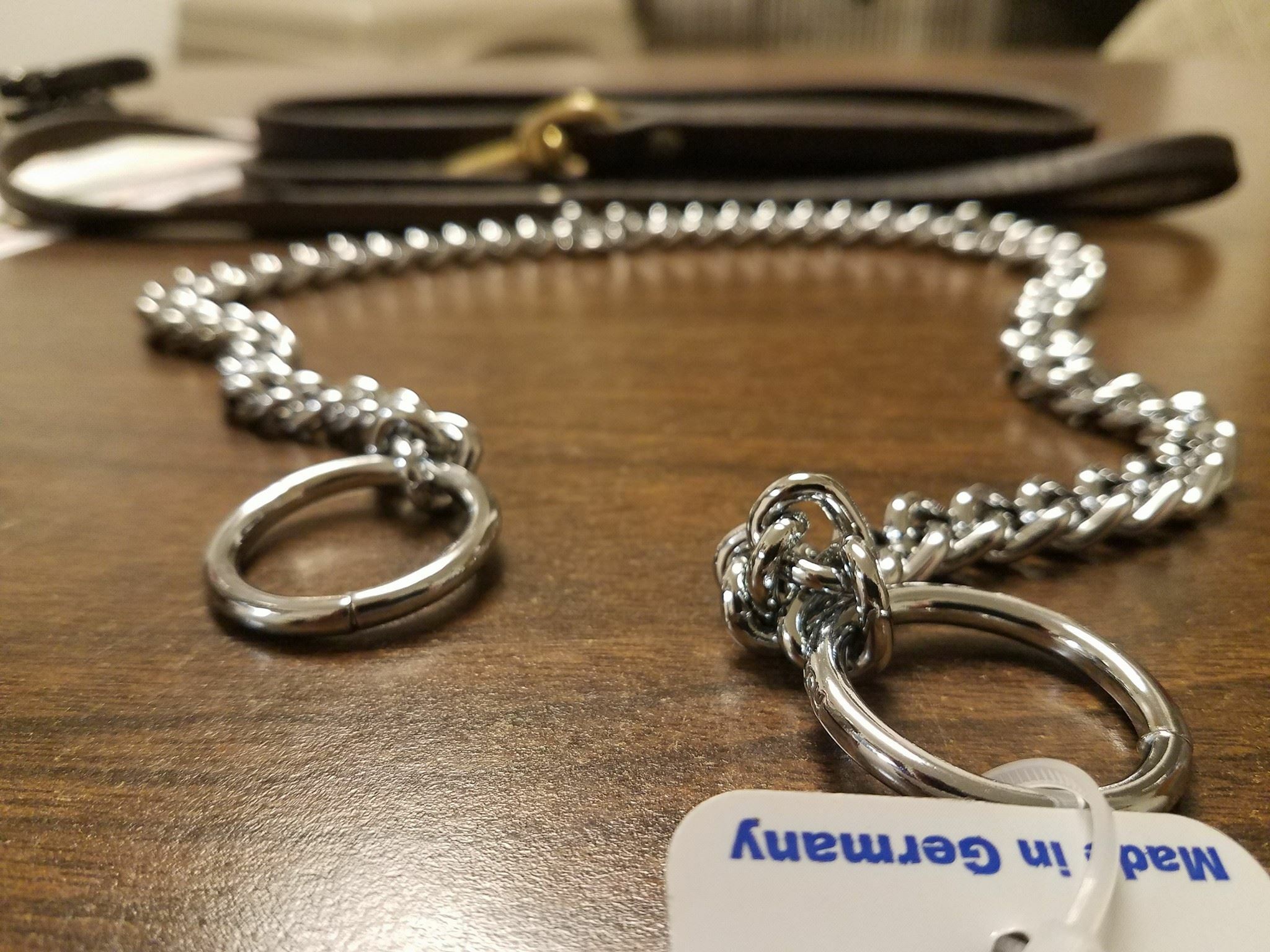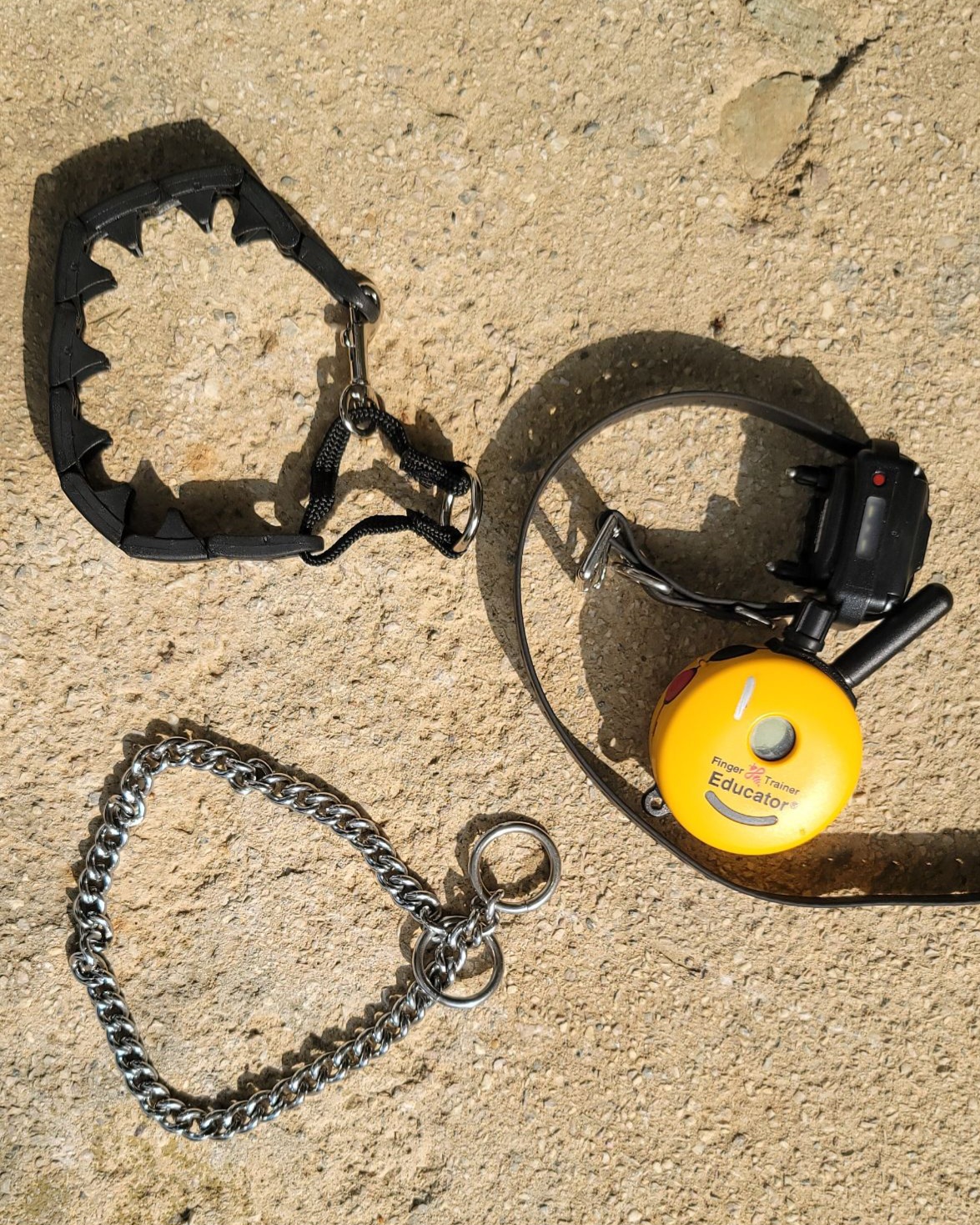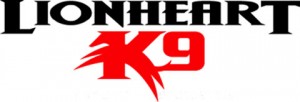 Reinforcement and Punishment
Reinforcement and Punishment
The internet is ablaze with opinions of what constitutes reinforcement and punishment in dog training; what is too much, why should punishment be used at all, etc.
There are entire philosophies built on the theory that reinforcement is all you need to train a dog, and that any force is too much force. Those arguments sort of fall apart the moment a leash is attached to a dog using any conveyance- whether that be a zero-circumference slip type collar, a martingale, a prong, a buckle, or a harness or head halter.
Once the leash is attached to the dog, what the handler has just done was limit the dogs ability to escape or avoid the handler’s sphere of influence. That in itself is a form of force, (positive punishment). Now that the dog cannot escape, his options become fairly limited, fairly quickly. The dog can fight, and some do, but the only option that remains, if we do nothing but simply hold the leash, is the dog simply accepting his condition and offers no resistance.
The other issue is the understanding of the term reinforcement and punishment.
Reinforcement strengthens a behavior. Punishment weakens a behavior.
This is where people get lost in the weeds.
Positive means add, so positive punishment means adding something unpleasant to deter a behavior, and positive reinforcement means to add something pleasant in order to encourage a behavior.
Negative means to subtract, so negative reinforcement means to remove something unpleasant in order to encourage a behavior, and negative punishment means to remove something desirable in order to decrease a behavior.
The average layperson reads that and faints…
The next huge hurdle in reading comprehension is further muddied by the use of the word pressure, which is simply the action of a force against an opposing force.
So, what is force?
People tend to dwell on the negative; automatically assuming that an individual is being coerced through the threat of violence to do something against their will. Although I agree that it may be against the dogs’ will, it is not through threat of violence.
I’m going to go a little cerebral here and further define it as a vector quantity.
Mathematicians and scientists call a quantity which depends on direction a vector quantity. A quantity which does not depend on direction is called a scalar quantity. Vector quantities have two characteristics, a magnitude and a direction. Scalar quantities have only a magnitude.
Why does this matter? Because in dog training, the physics of what we do is mitigated through pressure direction, pressure magnitude and pressure duration.
Sciency!
We know that applying directional pressure in a specific way will yield a repeatable result.
Physics dictates that the presence of the leash acts as a sufficient deterrent to many behaviors that are associated with escape. If the dog cannot flee, we have successfully removed it as a tactic of avoidance. He can fight, but it is unlikely, as long as we are careful not to increase the amount of pressure to the point the dog becomes defensive.
We aren’t really trying to cause inertia, but where escape or avoidance are unavailable (depending on the moment in time created by all of these external applications of reinforcements, punishers, pressure and force), the dog could potentially renew his fight/flight or he might realize his predicament isn’t all that bad, and relax.
Without doing anything more than having the dog wear a leash, we have directly affected his ability to make choices, the choices he has available, and the outcome of the choice he makes.
That is powerful. And still, the only active contribution we made to this effort was a leash.
This is the crux of the argument that the positive-only tropes tend to not be able to move past.
The tool just helps deliver information. Folks get caught up in the application of aversives. We don’t even need to do anything. We just need to let it happen.
If the dog is given the opportunity to discover how to achieve something it wants, you can believe he’s gonna work harder to achieve it.
Make the alternative enough of a deterrent to motivate the dog to choose correct action- you have just duplicated the evolutionary learning pattern of successful survival instinctive to all animals.
In a sense, it is rocket science, because physics plays a significant role in the mechanics of how dogs are trained.


